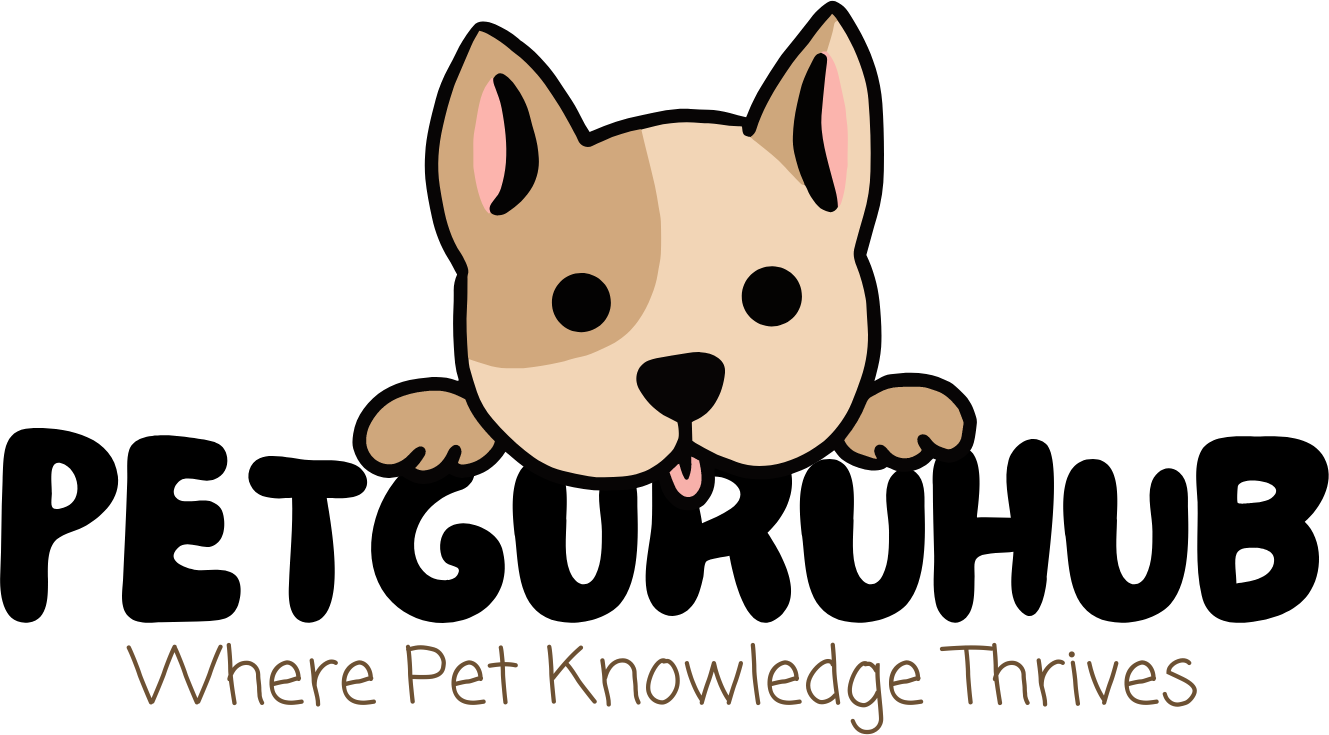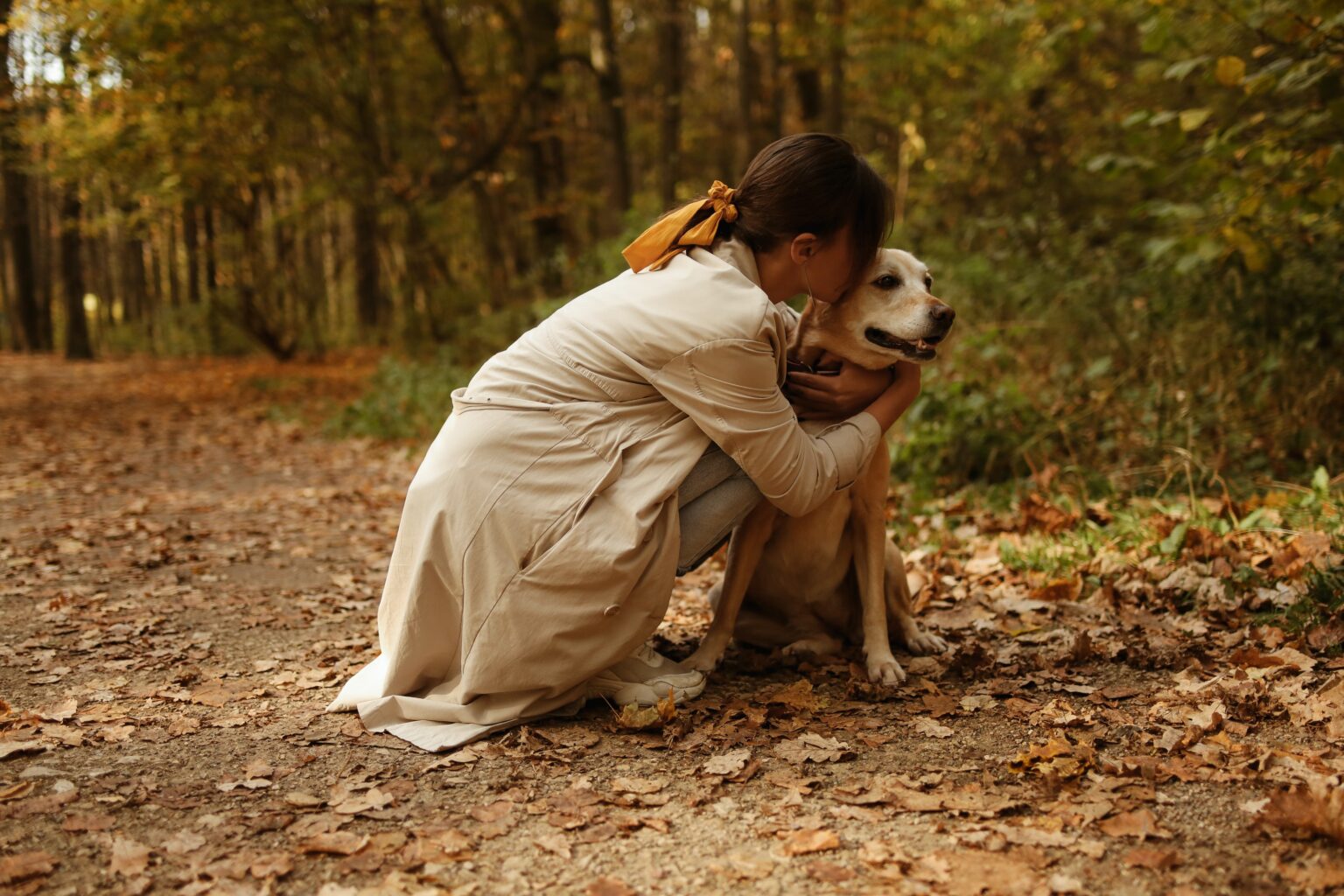Introduction
An interesting fact or statistic about dog training
According to the American Pet Products Association’s 2021-2022 National Pet Owners Survey, dog training is a $1.73 billion industry showing steady growth over the past decade[1]. With over 90 million pet dogs in the United States, effective dog training has become more important than ever for both dogs and their owners.
Overview of the article and the top 10 tips that will be covered
This article will provide the top 10 fundamental dog training tips that every beginner should know. From positive reinforcement and reward-based training to mastering basic commands and troubleshooting common issues, these essential techniques will set you and your dog up for training success.
Table for Top 10 Tips
| Number | Training Tip |
|---|---|
| 1 | Use Positive Reinforcement |
| 2 | Keep Training Sessions Short |
| 3 | Be Patient and Consistent |
| 4 | Use Food Rewards |
| 5 | Master the Basics – Sit, Stay, Come, Down |
| 6 | Practice Leash Training |
| 7 | Socialize Your Dog |
| 8 | Use Clicker Training |
| 9 | Be Your Dog’s Pack Leader |
| 10 | Make It Fun with Games |
These fundamental dog training principles will help beginners establish critical lifelong habits like consistency, patience, and clear communication. By making training fun through games, rewards, and a positive approach, you can build a bond of trust and respect while avoiding common issues like chewing, barking, jumping, and separation anxiety. Let’s start from the beginning with tip #1 – positive reinforcement.
Background on Dog Training
Importance of training dogs
Dog training provides immense benefits for both canines and their human companions. Some key advantages include:
- Establishing rules and structure
- Teaching basic commands like sit, stay, come, down
- Improving leash manners for walking and handling
- Socialization with other dogs and people
- Preventing problem behaviors like excessive barking, chewing, jumping up, or separation anxiety
- Strengthening the human-canine bond and relationship
Obedience training and socialization from an early age will set up your puppy for success as an adult dog.
Difference between traditional and modern methods
Dog training approaches have evolved considerably over the past few decades:
| Traditional Methods | Modern Methods |
|---|---|
| Dominance, correction, punishment | Positive reinforcement, reward-based |
| Force, fear, intimidation | Force-free, fear-free, science-based |
| Pack leader, alpha | Clear communication, relationship building |
Modern positive reinforcement techniques are recommended by veterinary behaviorists and certified dog trainers for being the most effective and humane.
When to start training puppies
You can begin simple puppy training as early as 8 weeks old. This prime period lets you establish good habits and prevent problem behaviors through:
- Socialization with new people, places, dogs
- Basic commands like sit, stay, come
- House training and crate training
- Bite inhibition
Early, positive puppy training utilizing rewards, games, and consistency yields great benefits.
Top 10 Tips for Beginners
Use Positive Reinforcement
Modern, reward-based dog training relies on positive reinforcement. This means rewarding your dog with treats, praise, play when they demonstrate the behavior you want. Some tips:
- Have tasty high-value treats on hand to motivate your dog
- Reward your dog immediately after they obey a cue like sit
- Use an enthusiastic, happy voice and praise like “Good dog!”
Positive reinforcement boosts your dog’s confidence, strengthens your bond, and is more effective than punishment or force.
Keep Training Sessions Short
Dogs have short attention spans. Keep training sessions to 5-15 minutes max. Multiple short daily sessions are best.
Tips for short, focused sessions:
- Train before meals when your dog is hungry
- Have fun training games and rewards ready
- End on a positive note with your dog wanting more
Short, positive sessions prevent your dog from becoming bored or frustrated.
Be Patient and Consistent
Dog training takes immense patience and consistency. Expect training to take weeks or months, not days. Tips:
- Stick to a schedule and training plan
- Use the same cue words like “sit”, “stay”
- Be as consistent as possible with rewards and corrections
Patience and daily consistency are key to long-term dog training success.
Use Food Rewards
Use highly motivating treats and food rewards during training. Small soft treats are best so you can deliver them quickly.
Reward-based training relies on using treats properly:
- Gradually phase out treats as your dog learns
- Vary and reward intermittently as your dog progresses
- Use kibble or play rewards once learned
Food rewards are powerful motivators to reinforce desired behaviors.
Master the Basics – Sit, Stay, Come, Down
Focus first on mastering the core obedience commands:
- Sit – Foundational cue for self-control
- Stay – Prevents door dashing and more
- Come – Critical for safety and recall
- Down – Calming cue for impulse control
These basic commands will give you control and are building blocks for advanced cues.
Practice Leash Training
Proper leash manners are crucial for walking and handling safely. Practice:
- Not pulling on leash
- Loose leash walking
- Proper heel positioning
- Automatic sits at curbs and doors
Solid leash training takes time and consistency but is essential for well-behaved dogs.
Socialize Your Dog
Early, positive socialization prevents fear, anxiety, and reactivity issues. Safely introduce your puppy to:
- New people – men, women, children
- Other vaccinated puppies and friendly adult dogs
- New environments – parks, stores, cars
Proper socialization helps your dog become a friendly, confident companion.
Use Clicker Training
Clicker training uses a unique sound like a clicker to precisely mark desired behaviors. Benefits:
- Clear, consistent communication
- Excellent for timing rewards properly
- Fun training variation
The click sound becomes a secondary reinforcer when paired with treats.
Be Your Dog’s Pack Leader
You must establish yourself as the benevolent pack leader:
- Set rules, structure, limitations
- Use calm, assertive energy
- Reward good behaviors
- Prevent problem behaviors
As pack leader, your dog will look to you for guidance and boundaries.
Make It Fun with Games
Incorporate fun games into training to motivate your dog and prevent boredom:
- Fetch, tug, chase games as rewards
- Hide and seek with treats and toys
- Agility obstacles like tunnels, weave poles
- Nosework and searching games
Games make training enjoyable while tiring your dog’s brain and body.
Troubleshooting Common Issues
Dog training takes patience and diligence. Expect to encounter some common puppy issues and behaviors to troubleshoot:
Barking
Excessive barking can irritate neighbors and be a nuisance. Reduce barking by:
- Providing sufficient exercise, play, training
- Managing the environment and triggers
- Teaching the quiet cue using treats
- Using a no-bark collar as a last resort
Prevention and addressing the root cause of barking works best long-term.
Chewing
Puppy chewing is normal but destructive. Curb chewing by:
- Providing safe chew toys to redirect biting
- Using bitter sprays on furniture and walls
- Managing access to off-limit items
- Teaching the “leave it” cue
With vigilance and training, puppies usually outgrow the chewing phase.
Jumping
Dogs jump out of excitement. Prevent jumping by:
- Ignoring your dog until he sits
- Turning your back on jumping
- Rewarding four-paw downs
- Teaching an alternative behavior like “sit”
Jumping can become a rewarding habit if left unchecked.
Separation Anxiety
Dogs with separation anxiety may whine, bark, destroy items, or have accidents when alone. Improve separation anxiety by:
- Keeping arrivals/departures low-key
- Providing stimulating toys like food puzzles
- Avoiding punishment which can worsen anxiety
- Using calming aids like ThunderShirts or pheromones
Separation anxiety may require gradual training and professional help in severe cases.
The key is addressing concerning puppy behaviours early before they become ingrained habits. With diligence and training, you can troubleshoot and overcome these common puppy issues.
Final Tips and Conclusion
Hire a professional if needed
While these tips will set you on the path to training success, don’t be afraid to enlist the help of an experienced professional if needed.
Consider hiring a certified, force-free dog trainer or behaviorist if:
- Your dog has moderate to severe behavior issues
- Training attempts aren’t progressing after 2-3 months
- Your dog shows signs of aggression, reactivity or anxiety
A good trainer will have credentials, references, and a proven track record.
Summary of main points
In summary, here are the key dog training tips for beginners:
- Focus on positive reinforcement
- Keep sessions short and rewarding
- Use high-value treats and praise
- Master the core basic commands first
- Prevent and address issues early on
- Make sure to socialize your puppy
- Use games, toys and fun to motivate your dog
Call to action
With consistency and diligence, these fundamental training techniques will set you and your dog up for a lifetime of companionship. Avoid punishment or outdated methods, and instead focus on building a bond based on trust, respect and clear communication.
The key is to start training early, be patient yet persistent, and make the process enjoyable for both you and your dog. With an open and positive approach, you’ll be able to overcome any puppy issues and develop a happy, obedient dog.
So don’t wait – start putting these top 10 training tips into action today, and get ready for some fun! Your new best friend is counting on you.


